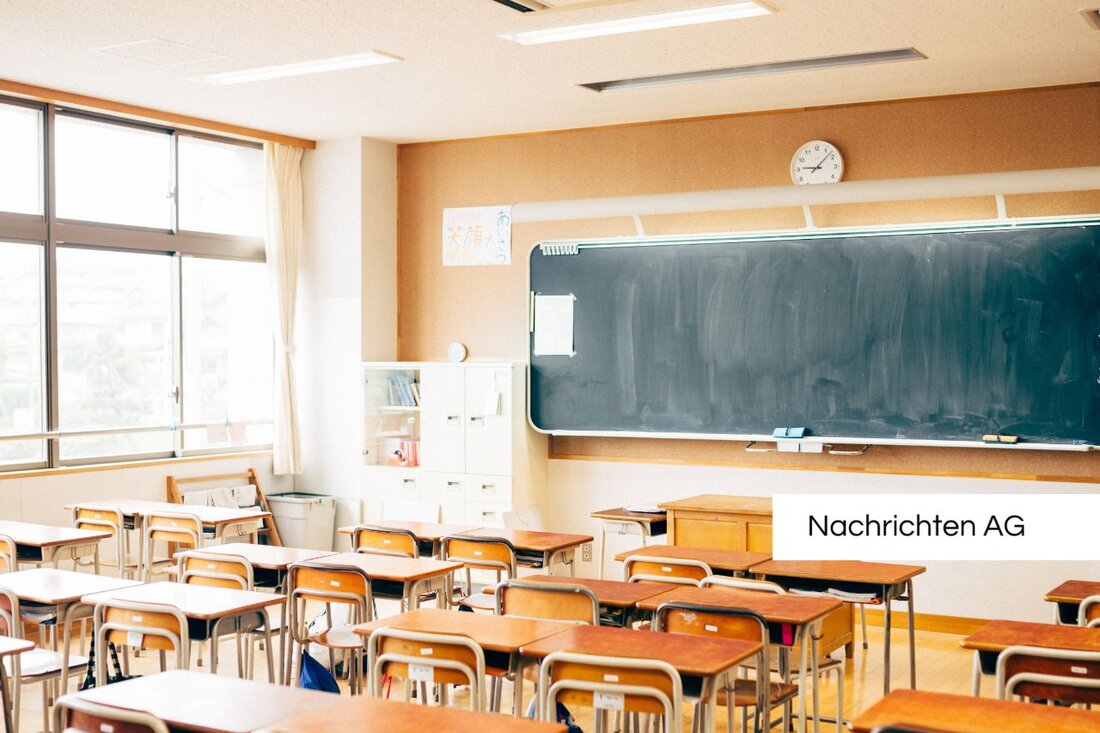Forgotten letters: Bad Homburger soldier is looking for peace with Aïssey
Forgotten letters: Bad Homburger soldier is looking for peace with Aïssey
Bad Homburg vor der Höhe, Deutschland - A remarkable letter from Bad Homburg causes a stir: written by a former Wehrmacht soldier, he expresses his regret about the destruction of the French village of Aïssey on June 18, 1940. In a historical context in which the Second World War was in full swing, this letter is reminiscent of the heavy fights that took place in this village when the German Wehrmacht advanced in the French area. According to fnp, the Bad Homburg historian together with French representatives of the village Aïssey searched for the sender, a conscience, a conscience, Reinherz ”, made.
The nightly arrival of the German troops in Aïssey, which took place on the night of June 18 to June 18, 1940, led to a huge approach between the soldiers of the 220th regiment and the French defenders. It took a tireless effort to take the village of house for house. The French troops showed up until 10:30 a.m. on the following day, while the fight had already requested numerous victims. A total of 30 French and 180 German soldiers died. Despite the devastation, most of the villagers were able to flee in time. The memorial stone in Aïssey, which was inaugurated in 1942, is reminiscent of the fallen French soldiers, whose corpse was initially buried in a mass grave before 29 were later relocated to the soldier's cemetery in Rougemont.
memories of the war
The letter writer describes the events and his personal experiences during the fights, including the surrender and rescue of civilians. The old church in Aïssey was set on fire during the attack and later blown up by the German soldiers, which further advanced the destruction of the village. These dark memories are still captured in the walls of the remaining buildings, including through bullet holes and old wells.
Julien Bourriot, deputy mayor of Adam-Lès-Passavent, is a key figure in memorial work around Aïssey. Every year he organizes a memorial event that reminds people of the cruel events. Interestingly, Bourriots mother was born in a hut in 1948, which was built as an emergency accommodation after the village was destroyed. In fact, the reconstruction of the village became a lengthy affair that took almost 15 years. The last school was only completed in 1954, and the church followed in 1957.
search for S. Reinherherz
Bourriot has set himself ambitious goals because he is looking for the letter writer "S. Reinherherz", who could give him valuable insights into the events at that time. Unfortunately, the research is difficult, and information on "S. Reinherz" can be sent to the Taunus Zeitung or the History Association Bad Homburg.
In the middle of the destruction of the Second World War, the German post -war period was also characterized by major challenges. Over half of the living space in German cities was destroyed by the bomb war, and the living conditions were catastrophic. Millions of people rely on foods while self -sufficiency decreased rapidly. The reconstruction itself took many years, which shows how deep the scars of the war were sitting in the countries of ancient Europe, of which Aïssey was also part. The dark history of this region remains a memorial for the suffering and the destruction that war has brought about people.
| Details | |
|---|---|
| Ort | Bad Homburg vor der Höhe, Deutschland |
| Quellen | |


Kommentare (0)